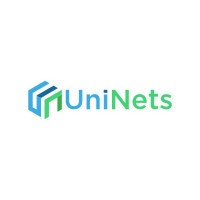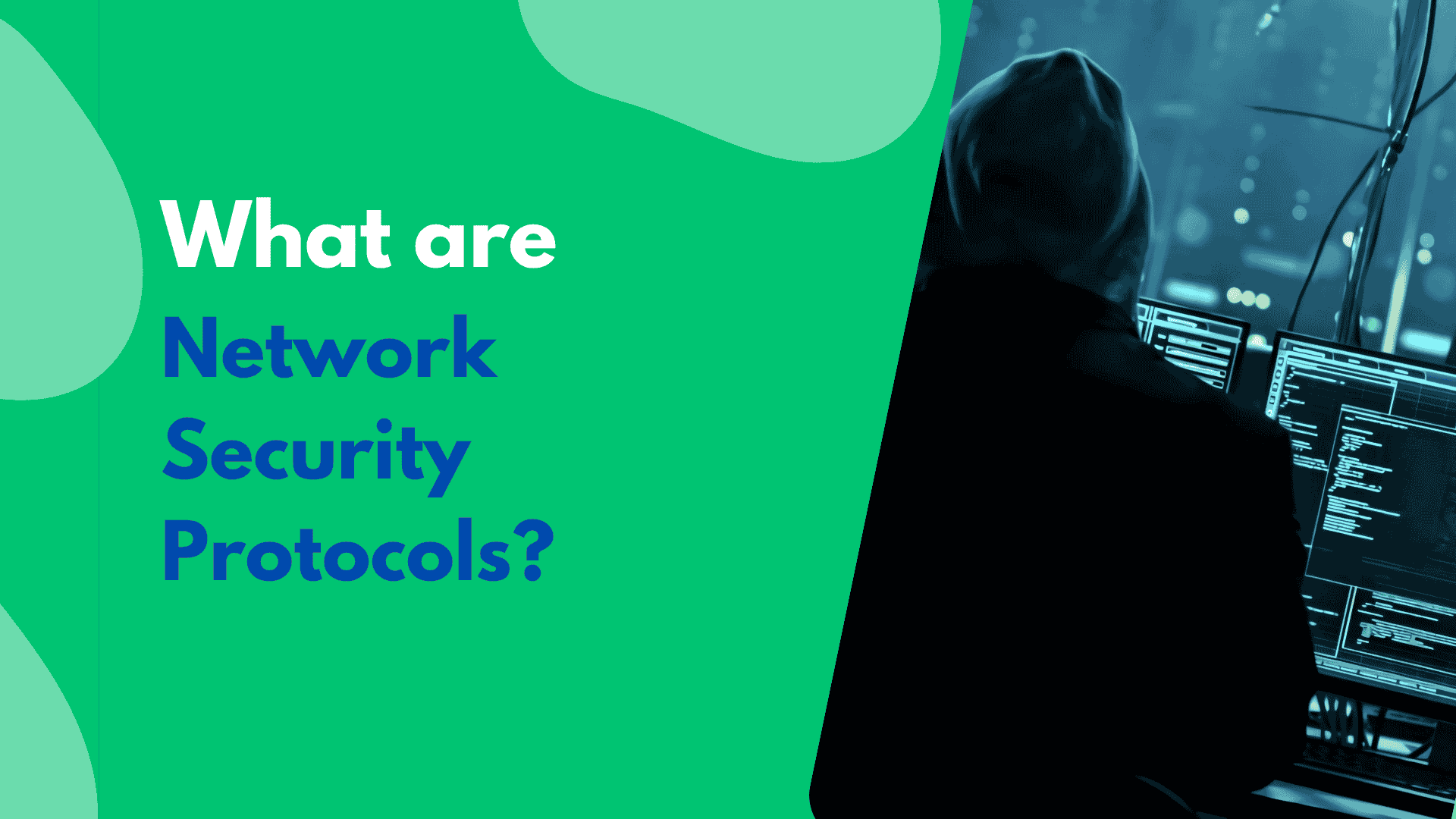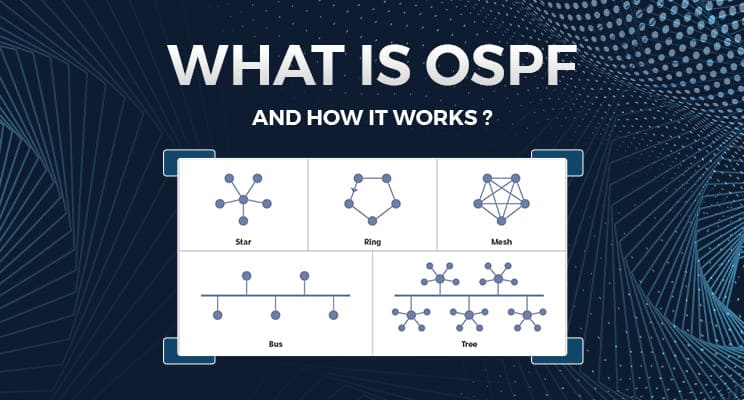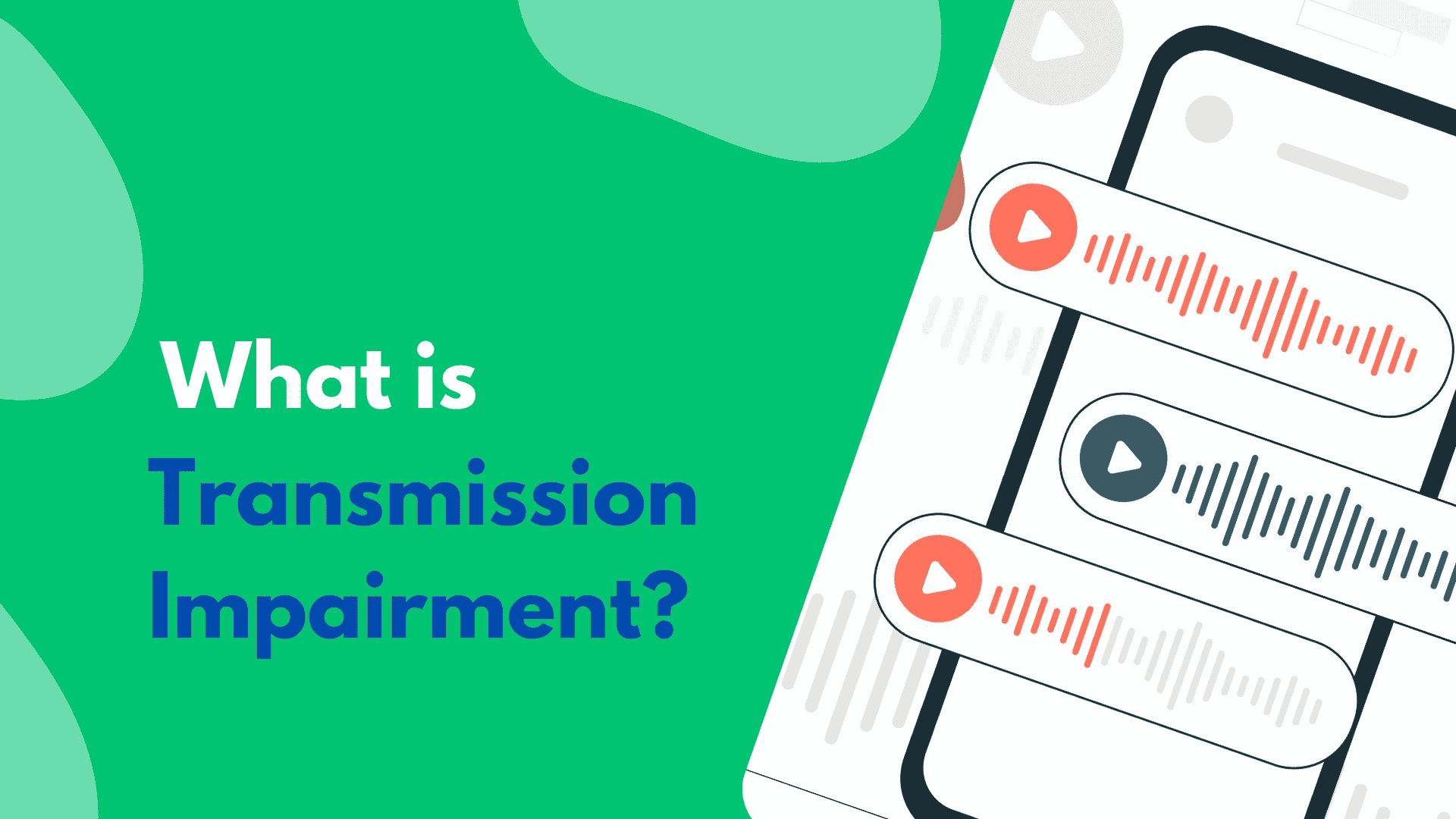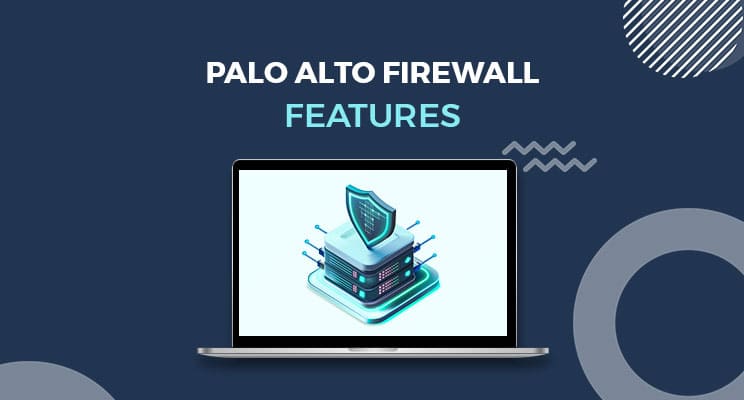What is OSPF Protocol? Understanding Open Shortest Path First in Computer Networks
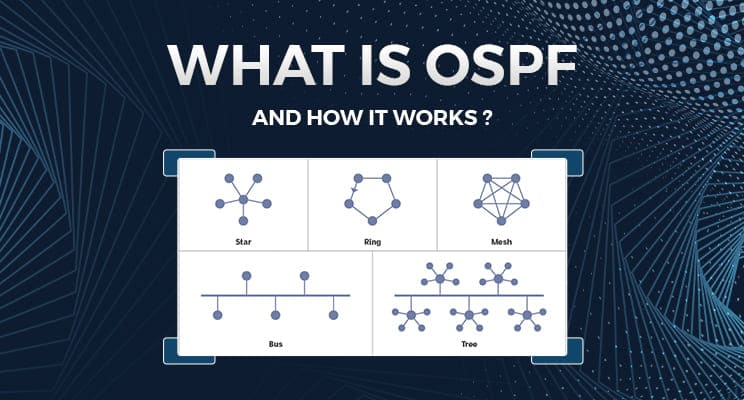
Strong 8k brings an ultra-HD IPTV experience to your living room and your pocket.
What is OSPF Protocol? Introduction to Open Shortest Path First in Computer Network
In our modern world of computers, networks have to be fast, scalable, and reliable. The routing protocols in networks play an important role in this regard. Among all the routing protocols, OSPF (Open Shortest Path First) is one of the most efficient and commonly used protocols in enterprise networks. This blog will get you comfortable with the Open Shortest Path First OSPF protocol, its main characteristics, and how it applies to today's networking and cloud environments. Mastering OSPF is key when preparing for networking certifications at UniNets.
Introduction to OSPF in Computer Networks
OSPF (Open Shortest Path First) is an interior gateway protocol, a link-state routing protocol that is utilized in Internet Protocol (IP) networks. It runs within one Autonomous System (AS) and makes efficient routing possible by computing the shortest path between routers through the application of Dijkstra's algorithm. Unlike distance-vector protocols, OSPF converges more quickly and offers stability in dynamic network conditions.
When we speak of OSPF in computer networks, we are speaking of a protocol that dynamically shares routing information among routers to refresh their routing tables. This implies OSPF is always aware of the network topology and instantly changes routes whenever something changes.
Major Characteristics of Open Shortest Path First Protocol
Link-State Protocol: OSPF holds a full map of the network and only informs when change happens.
Fast Convergence: The protocol converges rapidly to changes in the network without loss of connectivity.
Hierarchical Design Support: OSPF employs areas (e.g., Area 0 - the backbone) to limit routing overhead and maximize performance.
Authentication Support: Provides plain-text and MD5 authentication to safeguard routing updates.
Scalability: Suitable for small to extremely large networks because of its hierarchical design.
Cost-based Metric: Calculates the shortest path based upon link cost, not hop count.
These attributes make the Open Shortest Path First protocol ideal for sophisticated enterprise infrastructures.
How OSPF Network Functions
In an OSPF network, routers share Link State Advertisements (LSAs) with neighboring routers. The LSAs hold details about the router's link and status. After all routers have broadcasted their LSAs, each of them builds a Link State Database (LSDB) and applies Dijkstra's algorithm to calculate the shortest path.
Router IDs, designated routers (DR), and backup designated routers (BDR) are significant in routing in broadcast and non-broadcast networks.
Advantages of Studying Open Shortest Path First OSPF at UniNets
In our networking classes at UniNets, our classes delve deeply into protocol OSPF by using real-time labs, hands-on configurations, and actual case studies. Understanding OSPF is a basic requirement for those looking to take CCNA, CCNP, or cloud certifications such as Google Cloud courses.
Through learning how to master Open Shortest Path First OSPF, students acquire the following:
Scalable routing architecture design for high-performance networks
Troubleshooting skills for dynamic routing problems
Confidence to perform task on large enterprise or cloud-scale networks including high-end networks like Google Cloud
Core knowledge applicable across Google Cloud networking streams and hybrid-cloud infrastructure
With the onset of cloud computing, routing protocols such as OSPF remain important. In hybrid cloud setups where on-premises data centers are connected to public cloud providers such as Google Cloud, dynamic routing provides seamless data flow.
Should you be in a Google Cloud course program or thinking about taking a Google Cloud course, you'll be familiar with cloud VPCs, VPNs, and routers that typically use OSPF for intranet routing or peering. Knowing Open Shortest Path First protocol allows you to set up routing through these multi-layered networks.
Most Google Cloud computing certifications today have modules on hybrid networking, and familiarity with OSPF in computer networking is a significant benefit when working towards certifications such as Google Cloud Certified - Professional Cloud Network Engineer.
Merging OSPF with DHCP: Familiarization with the DORA Process
Where routing is left to OSPF, IP addressing tends to rely on the DHCP (Dynamic Host Configuration Protocol). In UniNets training, students are also taught how routing and IP address assignment interact within a network.
An important DHCP concept is the DORA process, which is an acronym for:
Discover: The client broadcasts a DHCP Discover message seeking available servers.
Offer: DHCP servers answer with an Offer with an IP address and lease parameters.
Request: The client asks for the IP address from a particular DHCP server.
Acknowledge: The server acknowledges the lease with an Acknowledgement.
This DORA process in DHCP allows for effective IP address assignment, which is essential in OSPF-based dynamically routed environments.
Both DHCP DORA process and OSPF must be understood when planning a solid and automated network infrastructure. Both protocols supplement each other: DHCP provides addresses, and OSPF forwards packets effectively.
Why Opt for UniNets for Cloud and Networking Training?
If you're targeting a network engineer or cloud-certified professional, UniNets offers the optimal resource for learning:
Industry-experienced expert trainers
Actual labs for practice in cloud and OSPF configurations
Fresh content based on the latest Google Cloud courses
Emphasis on theory and application, covering DORA process and protocol OSPF
Our rigorous method prepares you job-ready and proficient in both conventional routing protocols and cloud computing technologies.
Conclusion
Open Shortest Path First OSPF is a foundation of contemporary IP routing. Its efficiency, speed, and scalability make it the enterprise network's top choice. For IT professionals, being proficient in OSPF in computer networks serves as a ticket to careers in conventional networking and cloud computing.
At UniNets, we give you all the help you need to succeed—whether you're getting ready for Google Cloud training, investigating cloud networking, or seeking higher certifications. Bring together your knowledge of protocol OSPF with foundational subjects like the DHCP DORA process, and you'll be set to face the challenges of today's IT infrastructures.
Note: IndiBlogHub features both user-submitted and editorial content. We do not verify third-party contributions. Read our Disclaimer and Privacy Policyfor details.

